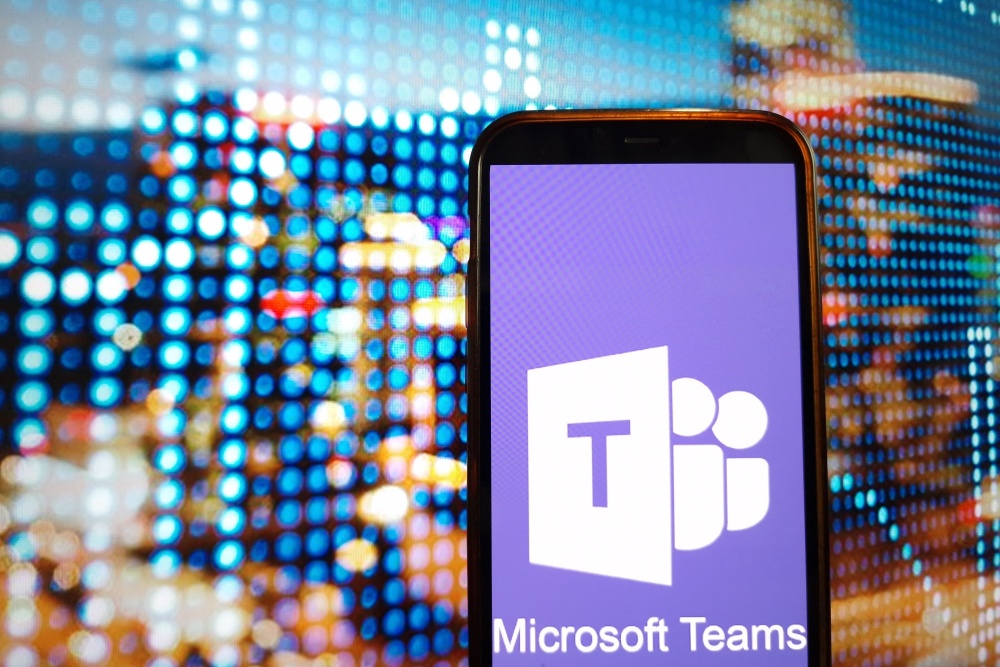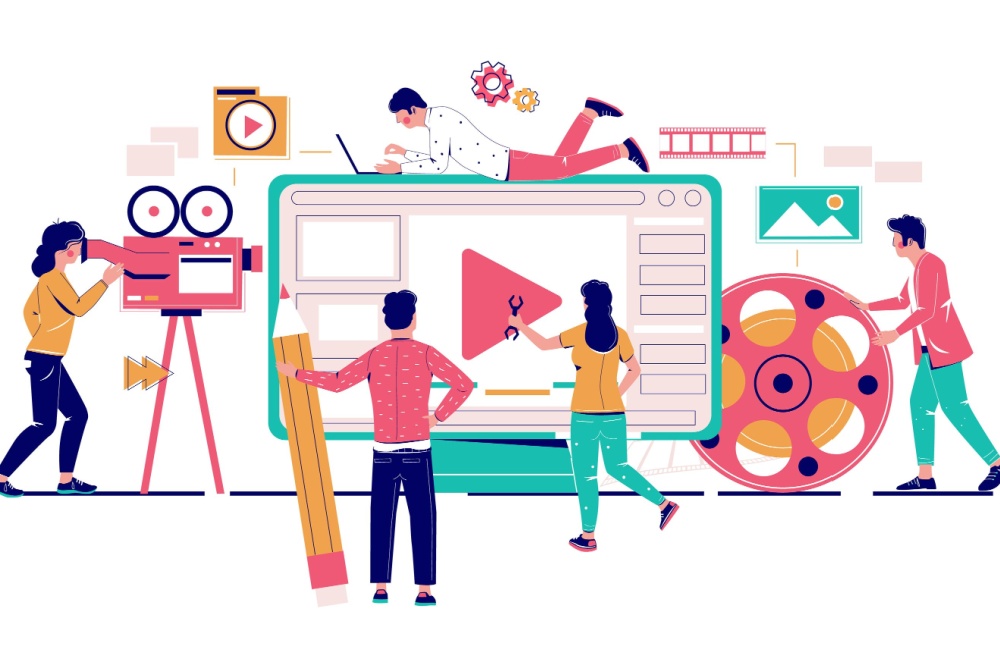The Microsoft Build conference has been happening this week. Build is Microsoft’s conference for developers, meaning Independent Software Vendors (ISVs, in Microsoft’s three-letter-acronym phrasebook.) I pay less attention to Microsoft Build, given that CGNET does not do software development (we have our limits). However, what gets announced at Microsoft Build eventually makes its way into services that you might care about. And this year’s Microsoft Build announcements have been all about AI.
That’s Artificial Intelligence, for those keeping score at home. (One mini-rant: AI falls into that category of “it took us twenty years to become an overnight success.”)
I will summarize some of the Microsoft Build announcements here. Of course, I will provide some pontification on what they mean.
Here Come the Copilots
(I will spare you another reference to the movie Airplane! But, if you missed it earlier, go here and look for the link.)
Microsoft announced copilots for several services. What, then, are these copilots? Think of a copilot as an automated helper. Like Clippy from the old days, but less annoying. At Microsoft Build they announced copilots for Dynamics 365, Power Platform, and Microsoft 365. These services (especially Dynamics 365 and Power Platform) are powerful. And with great power (to twist the advertising phrase) comes a steep learning curve. A copilot can step in and help you automate a process or anticipate and pull together the resources you need to inform a decision. Judging from the announcements, these copilots will take automation far beyond the “record my keystrokes” kind that we have seen so far.
Plug-Ins are the Glue
Developers get helpers, too. Microsoft Build featured a slew of announcements about plugins. For developers, plugins are like copilots that talk to a service’s Application Programming Interface. And like copilots, they go beyond simple IF/THEN types of code constructs. The developer can in essence say, “get me the data on child nutrition outcomes” and send the plugin on its way to find the public health database and construct a query.
Microsoft announced that they are adopting the same open plugin standard that OpenAI implemented for its ChatGPT service. Developers will not be forced to code twice, once for Microsoft and Bing and once for OpenAI and ChatGPT. This Microsoft Build announcement will enable maximum leverage of the ISV community in developing AI-enabled services. That is a good thing for customers.
Data Gets Its Own Fabric
Are you with me so far? Good, because from here we enter an even more abstract world.
The Microsoft Build blog post says it best. Microsoft Fabric is “a unified platform for analytics that includes data engineering, data integration, data warehousing, data science, real-time analytics, applied observability and business intelligence, all connected to a single data repository called OneLake.”
And yes, Microsoft Fabric comes with its own copilot.
I suppose what we are doing today with our simple dashboards is like baby steps compared to some data-infused system that is pulling operational data, net promoter scores, real-time traffic information and who knows what else to tell us how we can have a nice day. If your organization generates a lot of data (and every organization generates more data than it realizes), Microsoft Fabric might provide some valuable “glue” to hold things together.
These are heady times for data and analytics consultants.
Watch This Space
If you like abstract concepts and visions of what could be, Microsoft Build is the conference for you. However, if you are more pragmatic, you will want to wait for real applications to surface that solve familiar-sounding problems.
Be prepared to experiment with these AI capabilities. Ask yourself how AI could improve decision-making in your organization. Think about the changes your organization wants to accomplish. Consider the data you collect, as well as the relevant data that exists in the public sphere. You might drive more insightful change once you let the data tell its story.
The message from Microsoft Build is clear. AI is here. And the pace of AI-enabled service deliveries will only get faster as we go. Find a way to make AI work for you.





0 Comments